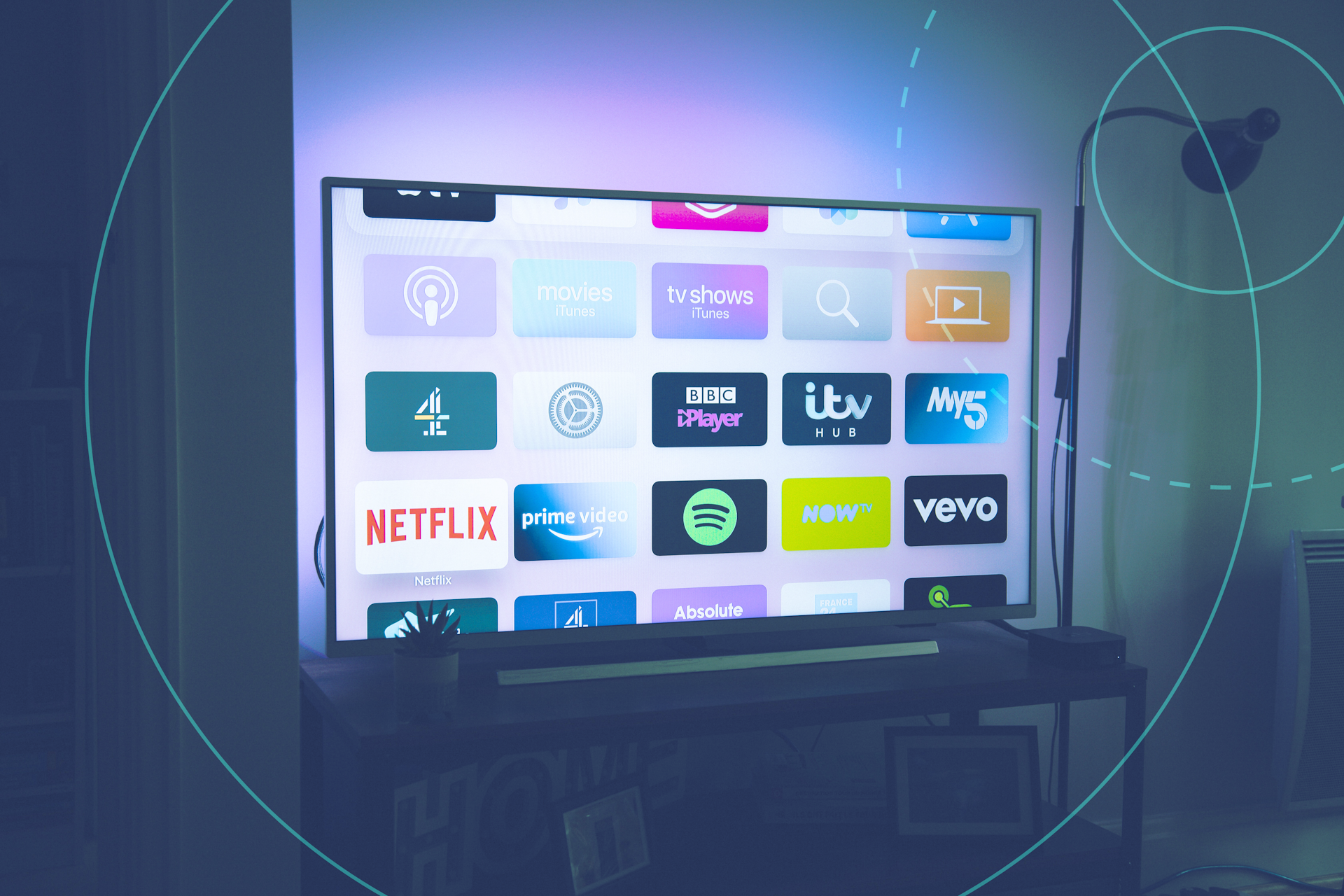Always-on doesn't mean set it and forget it. Learn how to build a test-and-learn strategy that drives real performance across CTV and other channels.
For performance marketers, the concept of “always-on” advertising has become an indispensable piece of the growth strategy puzzle. Unlike seasonal or short-term bursts of marketing activity, always-on campaigns run continuously, helping brands maintain visibility, stay top-of-mind, and engage audiences year-round across the full funnel. In fact, studies show that evergreen content achieves 4x higher ROI than seasonal content.
However, running campaigns consistently doesn’t mean you can set them and forget them. To truly unlock the potential of evergreen efforts, you need to embed a strong test-and-learn mindset into your strategy. This means treating your campaigns as ongoing experiments, continuously optimizing based on data and insights.
Here’s how to do that.
Start With Clear Objectives and KPIs
Before running any test, you need a clear understanding of what success looks like:
- Are you optimizing for upper-funnel metrics like reach or video completion rate on CTV?
- Are you driving mid-funnel engagement or bottom-funnel conversions?
- How will you measure incrementality or ROAS across different platforms?
Always-on campaigns typically span multiple channels and touchpoints, including CTV, display, mobile, and more. With so many variables at play, defining focused KPIs tied to specific business goals is essential. Don’t take a set-it-and-forget-it approach. Build a measurement framework that can track real-time performance and allow you to pivot quickly when learnings emerge.
Choose the Right Testing Methodology
Continuous campaigns don’t mean blind repetition. Smart performance marketers use always-on as a foundation for ongoing experimentation. The testing methods you choose should align with your KPIs and available data.
The most common testing methods are:
- A/B testing: A/B testing is ideal for optimizing creative or messaging. For instance, if you want to know if a testimonial video outperforms a lifestyle visual on CTV, you can A/B test it.
- Multivariate testing helps you understand the interplay of variables like audience, format, and placement. This is especially helpful for programmatic campaigns across multiple channels.
- Incrementality testing: Incrementality testing is particularly powerful for measuring the true impact of your CTV campaigns. It measures the causal impact of your campaign on your desired outcome, such as sales or sign-ups, by comparing a treatment group that sees your ads and a control group that does not.
With programmatic platforms like tvScientific offering built-in testing tools, there’s no reason not to bake testing directly into your media plan.
Design Strong, Hypothesis-Driven Experiments
The best testing strategies are hypothesis-led, so start with a specific question or assumption. For example:
- “We believe that including a QR code in our CTV creative will increase website visits by 20%.”
- “Showing a value prop upfront will improve video completion rate on streaming platforms.”
From there, identify your independent and dependent variables, determine an appropriate sample size, and control for outside variables. When possible, run tests concurrently across channels to reduce bias and ensure apples-to-apples comparisons.
And remember, consistency is key. Use standard naming conventions and clear documentation to track experiments, learnings, and outcomes.
Collect and Analyze Data in Real Time
Always-on doesn’t mean waiting until the end of the quarter to analyze performance.
Monitor experiments with real-time dashboards that track performance by channel, audience, and creative. Use statistical significance testing to validate your results — and don’t overlook nuance. For example, your CTV campaign might have driven a lower CTR than your social campaign, but a significantly higher assisted conversion rate or incremental lift.
Look beyond surface metrics and dig into what’s actually driving impact. Which creatives deliver better performance among cord-cutters? Which audience segment responds more favorably to value-driven messaging vs. urgency-based copy?
Use these insights to inform both current and future campaigns.
Apply Learnings, Then Test Again
The power of always-on lies in its continuity. There’s always another opportunity to apply insights and improve performance.
- Refresh creatives every 6-8 weeks to avoid fatigue, especially on CTV and display.
- Leverage creative testing best practices and dynamic creative optimization (DCO) to personalize messaging by audience segment.
- Retarget users who’ve engaged with your evergreen content when a timely offer or seasonal campaign rolls around.
The key is to view every insight as a building block, not a finish line. By testing, learning, and iterating continuously, your always-on campaigns evolve from static exposure to performance engines.
Build a Culture of Continuous Learning
Always-on campaigns give you the chance to stay visible year-round, but the real value comes from using that time to learn and improve. By turning your campaigns into a continuous test-and-learn cycle, you can drive better results over time.
To get there, build a culture of continuous learning within your team. Share insights, encourage experimentation, and apply findings across channels like CTV, display, social, search, and more. With the right mindset and strategy, your always-on campaigns will evolve and thrive.
Want to learn how to test, learn, and scale your always-on Performance TV campaigns? Get in touch with us.






